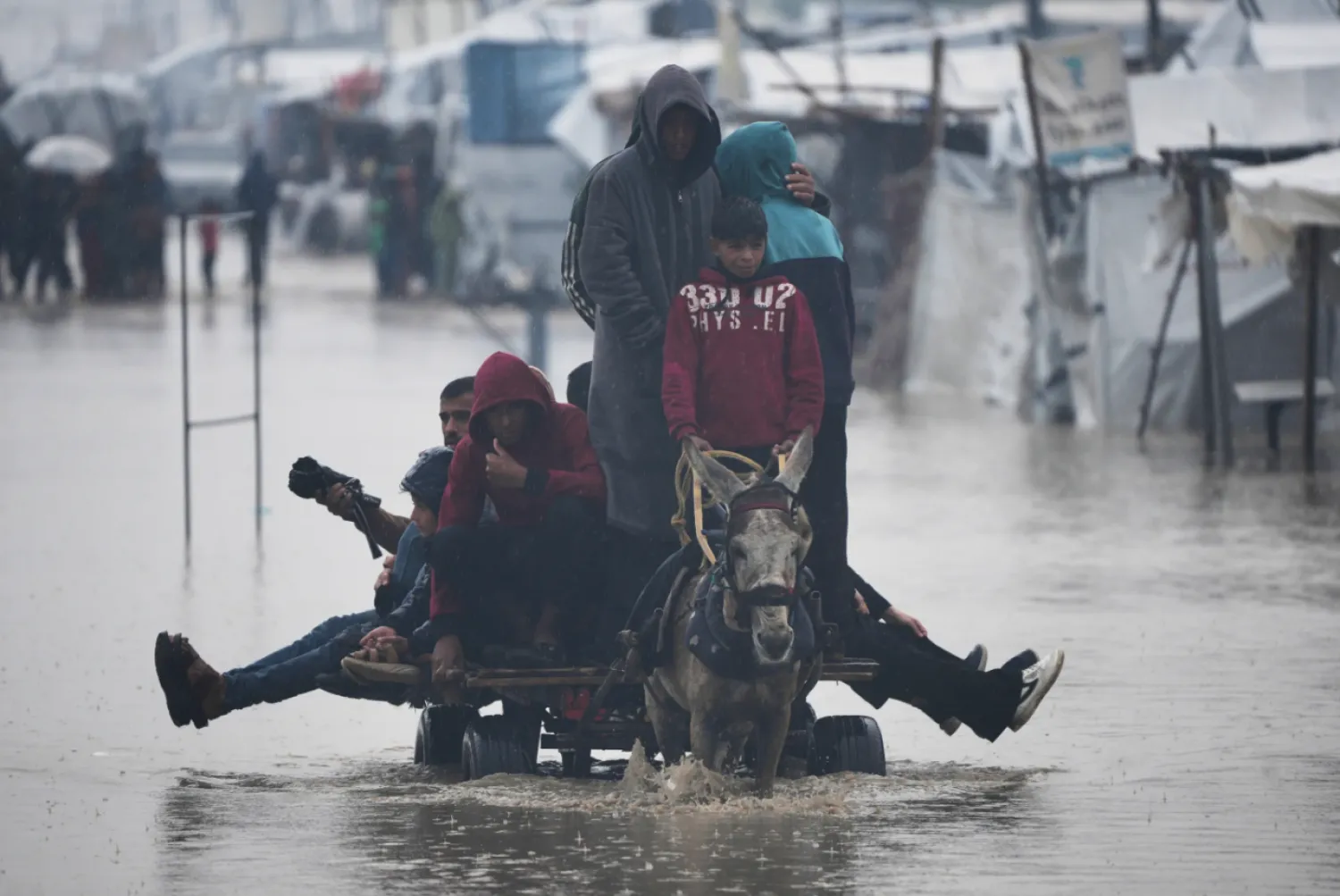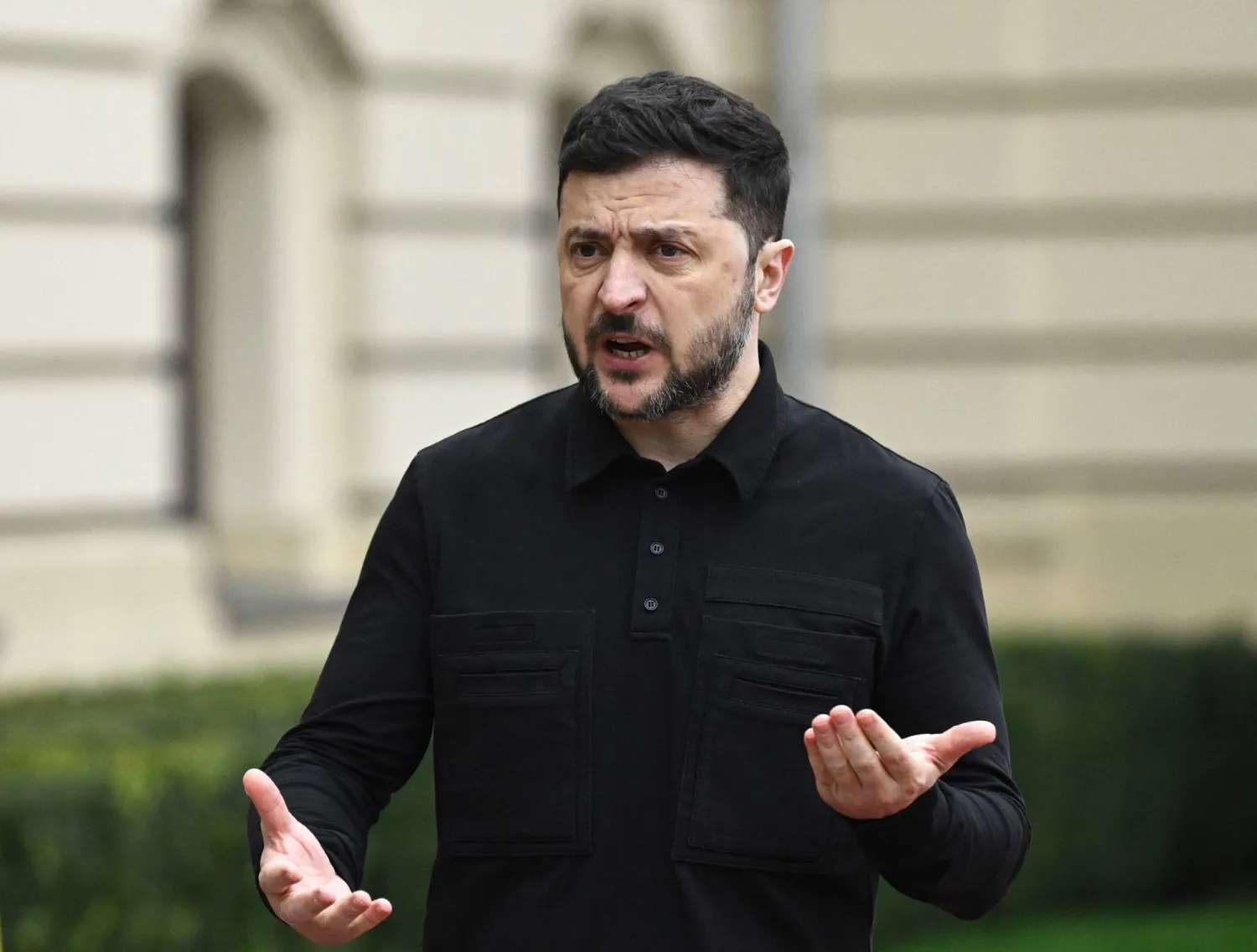Stretching as far as the eye can see in the town of Darbasiyah, nestled within the province of Al-Hasakah in northeastern Syria, are expansive fields of wheat.
Alongside these golden swaths of grain, promising a season of abundant yield, stand sprawling barley fields, their presence serving as a hopeful testament to the recovery from years of devastating drought that had plagued the region.
Renowned for its cultivation of superior wheat and premium-grade barley, this territory has already entered the harvest season.
“The majority of farmers and peasants have incurred debts to cover the cost of seeds and production expenses, hoping that this season will surpass the previous years,” said Dara Suleiman, a farmer hailing from the village of Salam Aleik in the eastern part of Darbasiyah.
Suleiman, who owns approximately 80 hectares of land cultivated with irrigated wheat using underground wells, mentioned that farmers are selling their agricultural produce to the authorities of Kurdish Autonomous Administration of North and East Syria, which offers competitive prices compared to the Syrian government.
“The pricing set by the Damascus government was shocking, as it did not cover a significant portion of the production costs. The pricing offered by the Administration was superior to it,” Suleiman told Asharq Al-Awsat.
Suleiman shares his plight with thousands of farmers from the region who rely on wheat fields as a vital part of their livelihoods, along with the cultivation of barley and yellow corn.
The cultivated areas in the countryside of Darbasiyah stretch approximately 280,000 irrigated dunums, while unirrigated yielding lands stretch 110,000 dunums, according to the agriculture authority affiliated with the Administration.
Farmer Ashraf Abdi, who is from the village of Karbshak in western Darbasiyah, asserted that the wheat pricing set by Damascus for this year (2,800 Syrian pounds, equivalent to 30 US cents) will not cover the initial production costs and expenses.
The cost of irrigating a single dunum of land alone exceeds $150.
Standing by his wheat field, covered in golden yellow stalks that promised a bountiful harvest, he said the current price per kilogram, if sold at less than half a dollar (equivalent to 4,200 Syrian pounds) “would not compensate for the effort and sweat he spent for an entire year.”
“Even the pricing by the Administration is unfair, and I would rather store the crop than sell it at a loss,” he told Asharq Al-Awsat.
The Administration and its military forces control the province of Al-Hasakah and its countryside, the cities of Raqqa, Kobani and Manbij, the town of Tabqa, the eastern countryside of Deir Ezzor and eastern countryside of the Aleppo province.
The areas serve as Syria’s wheat reservoir and its food basket. The cultivated areas for wheat and barley this year amount to approximately 1.9 million hectares, including 300,000 hectares of irrigated wheat using underground wells.
It goes without saying that the Administration attaches great importance to the strategic wheat crop, setting the purchase price for a kilogram of wheat this season at 43 US cents.
Administration Authorities, as well as some local experts, anticipate a production exceeding one million tons this season.
The Kurdish authorities prohibit farmers and traders from selling their wheat crop to the Syrian government, as the Administration provides sufficient fuel quantities for agriculture at competitive prices. Additionally, they distribute sterilized seeds at lower prices than those set by the government.
In turn, the government in Damascus has set the purchase price for wheat for the current season at 2,800 Syrian pounds (approximately 30 US cents) per kilogram, while the pricing for barley has been set at 2,200 pounds (25 cents).
These prices, compared to production costs, shipping expenses, and agricultural inputs, appear to be “shocking,” as described by farmers and cultivators.
Residents of northeastern Syria, like their compatriots across the country, have had to grapple with a sharp rise in prices in recent months, following a sharp depreciation of the pound against foreign currencies. The price hikes have affected sugar, food items, fuel derivatives, electricity and gas.
A packet of bread is sold from private bakeries for 2,500 pounds, while a loaf of traditional stone bread (in the eastern part of the country) is sold for 1,000 Syrian pounds.
Farmers in the region fear further deterioration in the value of their currency, which would result in significant losses during the wheat season that has already cost them a great deal of money and effort.
“We have sacrificed our blood and heart for it (the harvest season),” said farmers Suleiman and Abdi in conclusion to their conversation with Asharq Al-Awsat.









